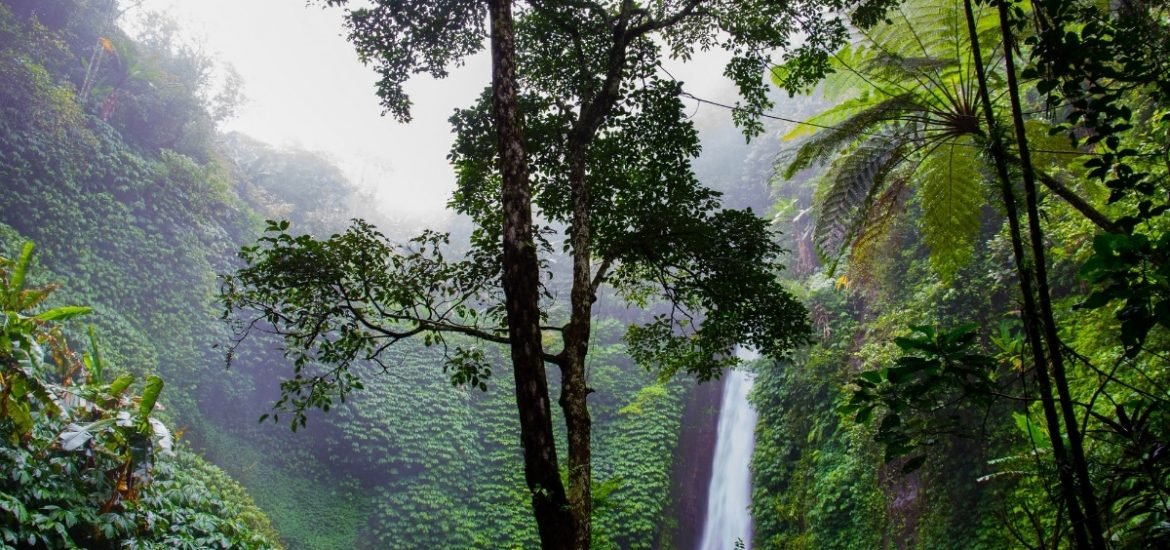
A new paper published on 3 December in Proceedings of the National Academy of Sciences
claims that a large number of currently unassessed plant species are likely at risk (1). The researchers also identified several geographic regions with the highest need for conservation efforts. Moreover, several of these regions are not currently recognized as areas of global concern.
According to the authors, 10 per cent of plant species should be categorised as “at risk” on the Red List of Threatened Species, a comprehensive inventory of the global conservation status of biological species maintained by the International Union for Conservation of Nature (IUCN). This equates to nearly 15,000 additional species. The authors highlight that “conserving biodiversity is a complex task that includes scientific, social, and political challenges” and the Red List is a “key conservation tool for policymakers and researchers.” However, more efficient methods are still required to identify at-risk species ― in particular, plant species.
Plants play a fundamental role in ecosystem health. Yet plants are not as well represented on the Red List as animals. Furthermore, the current list does not fully represent the conservation status of all plants ― only 5 per cent of known plant species in the world has been evaluated. This is mainly because classifying biological species is both time-consuming and expensive. In addition, many of the geographical regions comprehensively covered by the Red List do not include major botanical biodiversity hotspots or regions in which clusters of at-risk species are present.
Historically, one of the major challenges has been collecting appropriate data and analysing the massive datasets. Data analytics and machine learning can now speed up the categorisation process to expand the number of plant species included on the list. Therefore, the aim of the study, led by former graduate student Dr Tara Pelletier and Prof Bryan Carstens from The Ohio State University in collaboration with Prof Anahí Espíndola from the University of Maryland, was to develop a predictive technique for the rapid initial assessment of the conservation status of understudied plant species. Importantly, this project is among the largest assessments of conservation risk to date.
The predictive model uses open-access data from the Global Biodiversity Information Facility and TRY Plant Trait Database. By using advanced data analytics techniques to compare the data to the Red List, they were able to identify risk patterns related to habitat features, weather patterns, physical characteristics, and other criteria. More specifically, a machine learning algorithm was used to assess more than 150,000 species of plants around the world. A number of risk factors likely to put species in danger of extinction were then identified and used to create a map showing where at-risk plant species tend to cluster. In particular, regions with high native biodiversity ― in which more species compete for resources ― were shown to have the most at-risk species. This included southwestern Australia, the Central American rainforests, and the southeastern coast of the US.
Advanced analytics and machine learning are paving the way for new studies on endangered species that could lead to novel conservation approaches. This latest predictive model could be applied to any group species at any scale, from the entire planet to a single national park. The approach could improve conservation efforts by allowing conservationists to identify the most at-risk species and to pinpoint the geographic areas where those species are highly concentrated.
(1) Pelletier, T.A. et al. Predicting plant conservation priorities on a global scale. Proceedings of the National Academy of Sciences (2018). DOI: 10.1073/pnas.1804098115